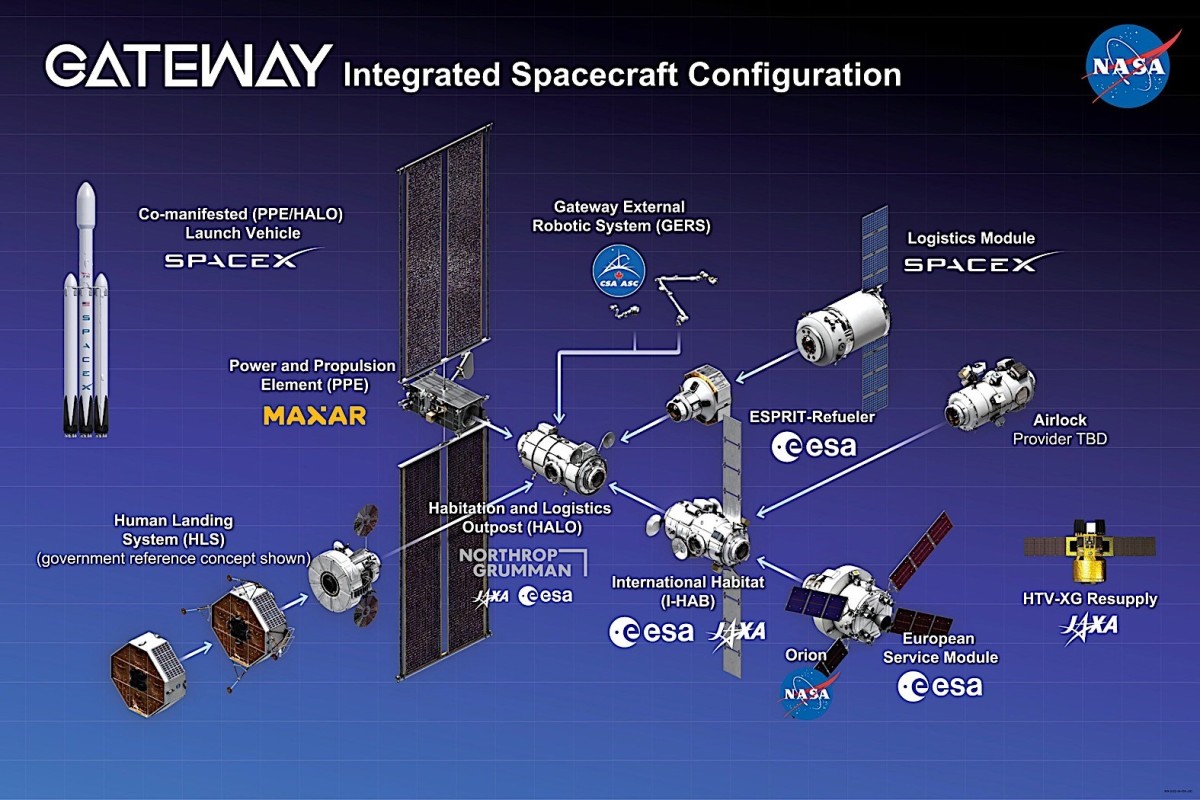SpaceX to use older Dragon capsule for next manned launch because of issues with new capsule
Ars Technica today reported that because of continuing battery issues with the new Dragon manned capsule, SpaceX now plans to use the older Endurance Dragon capsule for the next manned launch to ISS and prevent further delays in bringing home the two Starliner astronauts.
NASA now believes the vehicle will not be ready for its debut launch until late April. Therefore, according to sources at the agency, NASA has decided to swap vehicles for Crew-10. The space agency has asked SpaceX to bring forward the C210 vehicle, which returned to Earth last March after completing the Crew-7 mission.
Known as Endurance, the spacecraft was next due to fly the private Axiom-4 mission to the space station later this spring. Sources said SpaceX is now working toward a no-earlier-than March 12 launch date for Crew-10 on Endurance. If this flight occurs on time—and the date is not certain, as it depends on other missions on SpaceX’s Falcon 9 manifest—the Crew-9 astronauts, including Wilmore and Williams, could fly home on March 19. They would have spent 286 days in space. Although not a record for a NASA human spaceflight, this would be far longer than their original mission, which was expected to last eight to 30 days.
The new capsule will then be used for Axiom’s fourth commercial flight to ISS, AX-4, presently scheduled for later in the spring.
Ars Technica today reported that because of continuing battery issues with the new Dragon manned capsule, SpaceX now plans to use the older Endurance Dragon capsule for the next manned launch to ISS and prevent further delays in bringing home the two Starliner astronauts.
NASA now believes the vehicle will not be ready for its debut launch until late April. Therefore, according to sources at the agency, NASA has decided to swap vehicles for Crew-10. The space agency has asked SpaceX to bring forward the C210 vehicle, which returned to Earth last March after completing the Crew-7 mission.
Known as Endurance, the spacecraft was next due to fly the private Axiom-4 mission to the space station later this spring. Sources said SpaceX is now working toward a no-earlier-than March 12 launch date for Crew-10 on Endurance. If this flight occurs on time—and the date is not certain, as it depends on other missions on SpaceX’s Falcon 9 manifest—the Crew-9 astronauts, including Wilmore and Williams, could fly home on March 19. They would have spent 286 days in space. Although not a record for a NASA human spaceflight, this would be far longer than their original mission, which was expected to last eight to 30 days.
The new capsule will then be used for Axiom’s fourth commercial flight to ISS, AX-4, presently scheduled for later in the spring.










